10 Tips for Sleep Health
Here are ten critical pieces of information every person should know about sleep and how to optimize and enhance sleep for healthy living.
Lost your password? Please enter your email address. You will receive a link to create a new password.
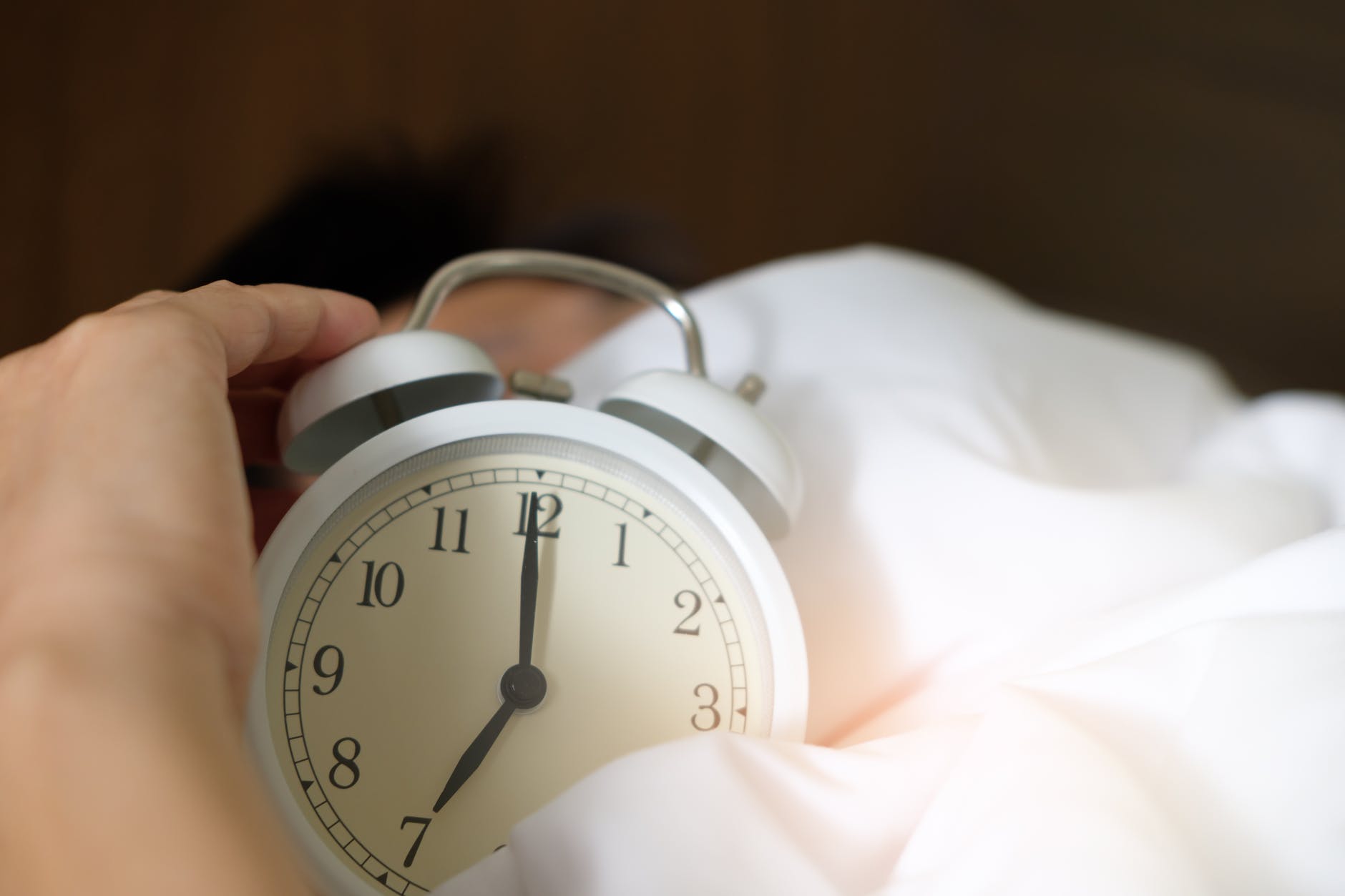
Here are ten critical pieces of information every person should know about sleep and how to optimize and enhance sleep for healthy living.
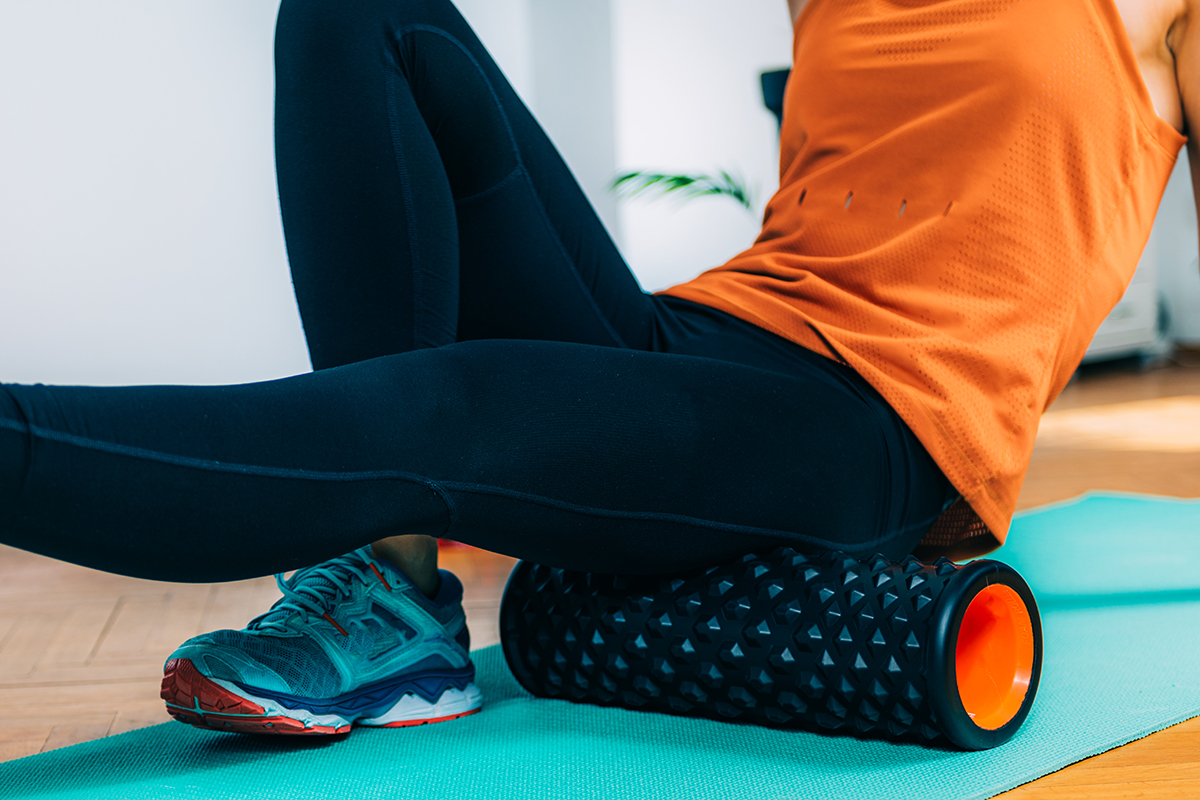
We are not as active as we once were. Our lifestyles today do not require as much movement as it once did. A perfect example of this is Giant’s Peapod (need I say anymore). Not being active takes a toil on our bodies and sitting tends to take over our bodies main position in space. For those that are active, injuries may still occur. When a person is not active and does a lot of sitting (or sleeping in awkward positions) or when a person is active and gets injured, our bodies respond by putting our muscle tissues into overdrive. In other words, they end up working harder than they should which leads to adhesions or knots in the fascia (connective tissue found throughout our entire body). This is where foam rolling can be very helpful.
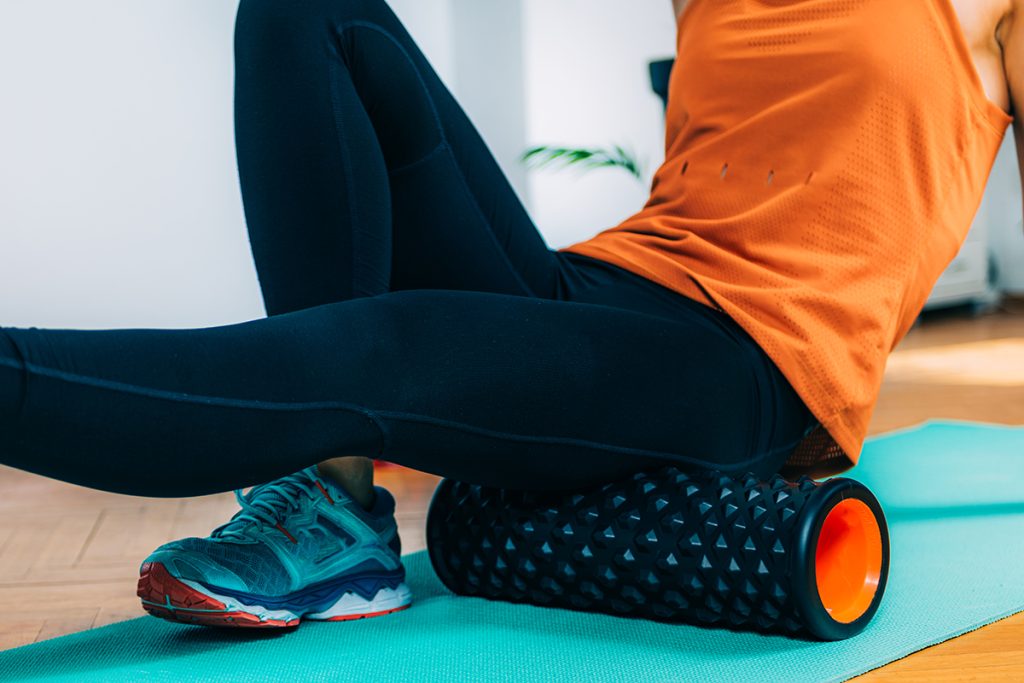
Foam rolling is the concept of applying pressure to a sore or tender muscle that will send a signal to your brain to tell it to relax. If you are familiar with a massage, then, you can think of foam rolling as a self-massage.
According to the National Academy of Sports Medicine (NASM), foam rolling is beneficial to help alleviate and correct discomfort. For example, if a person does a lot of sitting, then most likely their hip muscles will be working overtime. Foam rolling will help the hip muscles to return to a normal state of work. Also, since overworking muscles cause your body to compensate and have poor posture, foam rolling can help to correct bad posture too.
In order to determine what muscles on your body are working overtime, you want to consult with a corrective exercise specialist. This could be a physical therapist, personal trainer or massage therapist (to name a few). They can watch your posture and how you move to determine which muscles need foam rolling. Typical muscles that need foam rolling include one’s: calves, hips, lateral to mid-back, thighs and chest. For example, if one determines their calf muscle is working overtime, the protocol would be to sit down on their butt with the foam roller placed directly underneath their calf muscles. The person would apply pressure by pushing their calf muscle only into the foam roller. If they feel any discomfort, they would hold that spot of discomfort for at least 30 seconds to allow the calf to relax. If a person does foam rolling on a regular basis (I recommend 3-5 times/week for four weeks), they could accomplish significant improvement to their posture, which means less discomfort to their body.
Foam rolling is a proven technique that allows overactive muscles throughout our bodies to return to a state of normalcy. If you have muscles on your body that do not feel normal, foam rolling may be the solution to your problem.
Maurice D. Williams is an Assistant Professor of Health & Human Performance at Freed-Hardeman University, an the owner of Move Well Fitness. With almost two decades in the industry, he’s worked with a wide range of clients, including those with health challenges like diabetes, osteoporosis, multiple sclerosis, hypertension, coronary artery disease, lower back pain, pulmonary issues, and pregnancy.
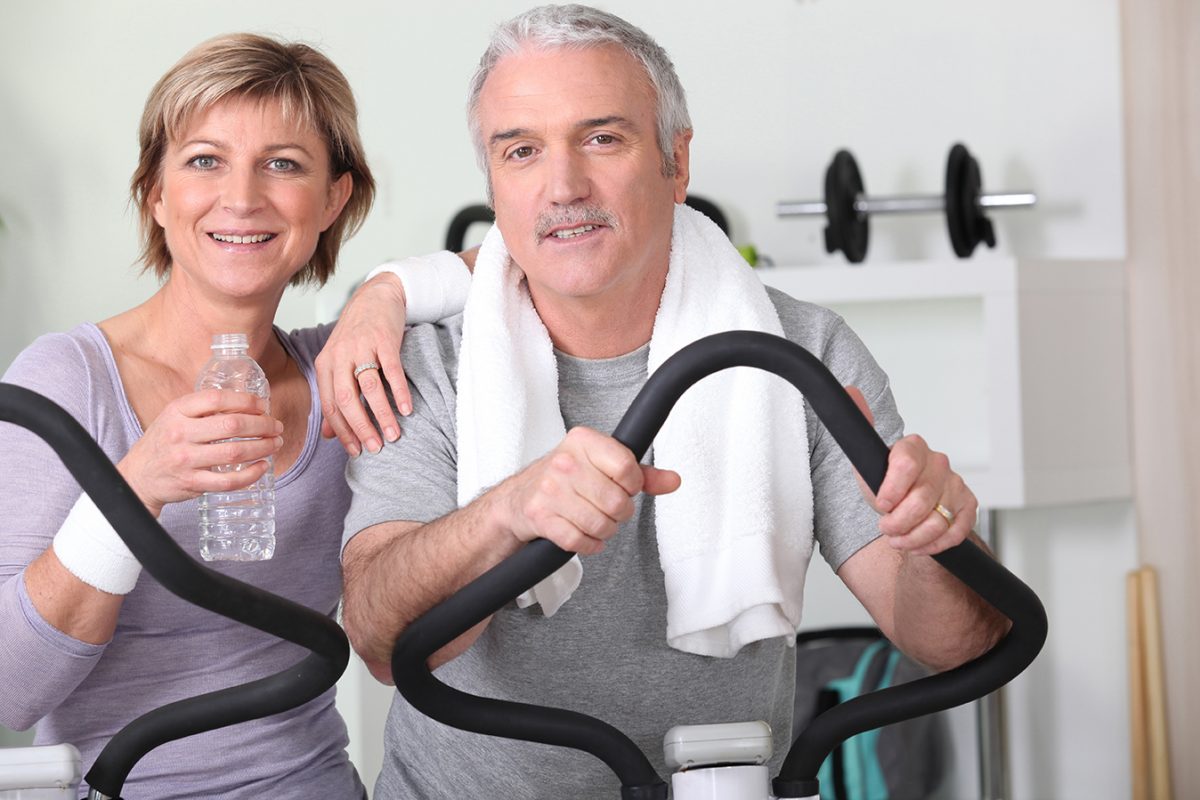
I think of training, not working out. Working out is simply doing something without any identifiable purpose in mind. I believe training must be accompanied by commitment and a deep desire to accomplish something specific that is meaningful to you and worthy of sacrifice. In establishing a fitness program that will work for you and ultimately be successful you need to carefully consider many variables and understand their importance to your eventual outcome. This article will highlight some of my thoughts on this process/subject and hopefully illuminate for you the path forward so that you might enjoy a long and happy – and fit life.
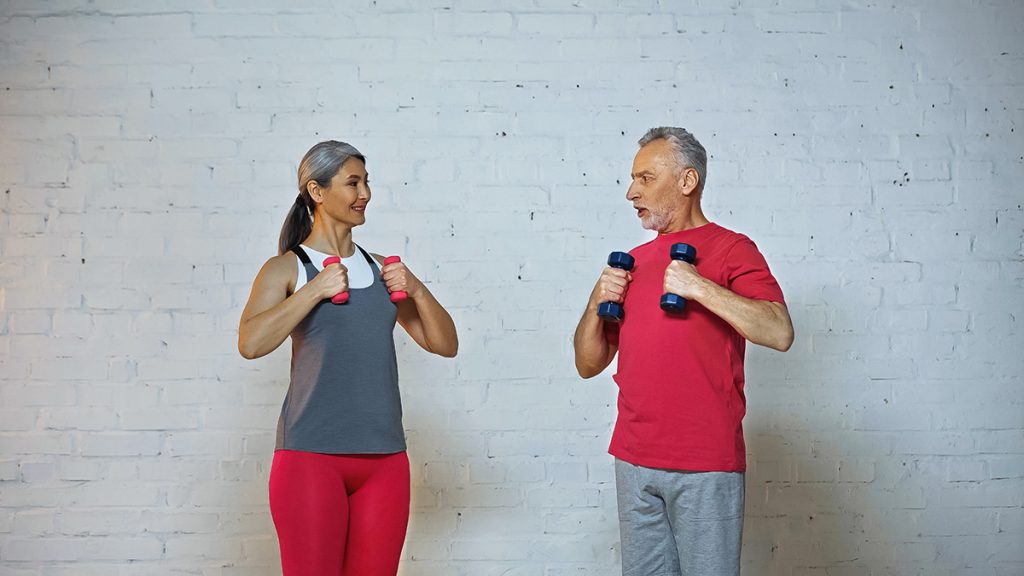
Setting goals is probably the most important aspect of designing a program since it gives focus and direction to the reasons behind the activities that you ultimately select – and that will work for you. First remember a key idea: If what you choose to do is not fun you will not find your time well spent or get the results you desire. The way to think about setting proper goals is to not to think of “cosmetic fixes” but instead to try to imagine yourself doing the things in your life that would bring you joy, pleasure, a sense of accomplishment, and the happy memories that we carry into our future.
An example in my own life is the wonderful time I had in Japan on four different occasions visiting my daughter Lisa. I took many journeys while there and enjoyed all of them immensely because I was free to explore and spend time among the temples of Kyoto and other historic and wonderful places. I walked for hours without ever getting tired because I am so fit from years of running. Every trip while there was an incredible experience, filled with wonder and beauty. Going forward I hope to have many more adventures and create many wonderful memories I can share with my grandson and Lisa too.
Take your time when evaluating what it is you want to achieve and consider carefully what you want to do to accomplish your goals – and make them performance based. Losing weight is never a sustainable goal because there is no real payoff at the end and one never reaches a happy outcome simply from losing weight. I was taught a simple yet effective method for setting goals and it is called the RAMS method: Reasonable, achievable, measurable, and specific. My goal of running a 6 minute mile on my 80th birthday is already an accomplished fact since I can do it now. If I am alive and well on that birthday I plan on doing that mile!
Consider this a four step process:
Consider this your “core activity” since it is the one that will consume more of your time. Options include running (my love), walking (the most common option), cycling (indoors and outdoors), swimming, cross country skiing (high calories burning among the options – includes running), and many endurance activities tied to sports related training. There are many ways to train your heart but the most important fact is that to train it effectively you must do something to it over time, at higher intensities that allow your heart to work at higher levels than normal. Establishing those levels will take professional input so do ask for the proper assistance from a qualified professional.
There are target heart rates, stroke volumes, cardiac output, breathing, monitoring fatigue, getting proper rest and recovery and much more to consider. I will cover this and other subjects more directly in later articles. Suffice it to say that if you don’t enjoy your chosen activity you won’t keep doing it. Quitting is quite common in the world and I don’t believe quitting ever solved anything! The most common question fitness professionals get is: Which exercise is the best one? My answer is always the same: The one that you will do! Approximately two thirds of your time should be dedicated to training your heart – it is the organ that will ultimately carry you to your future!
Resistance training builds lean muscle mass and creates a higher resting metabolic rate (the rate at which the body burns calories at rest). As we age we lose muscle mass at the rate of 2-5 pounds per decade after 20. If you want a body that works efficiently, feels strong, helps you accomplish the tasks of life, and supports your skeletal system and organs without getting injured or sick getting strong is a must. Lean muscle mass is directly tied to burning sugar and eliminating the threat posed by diabetes.
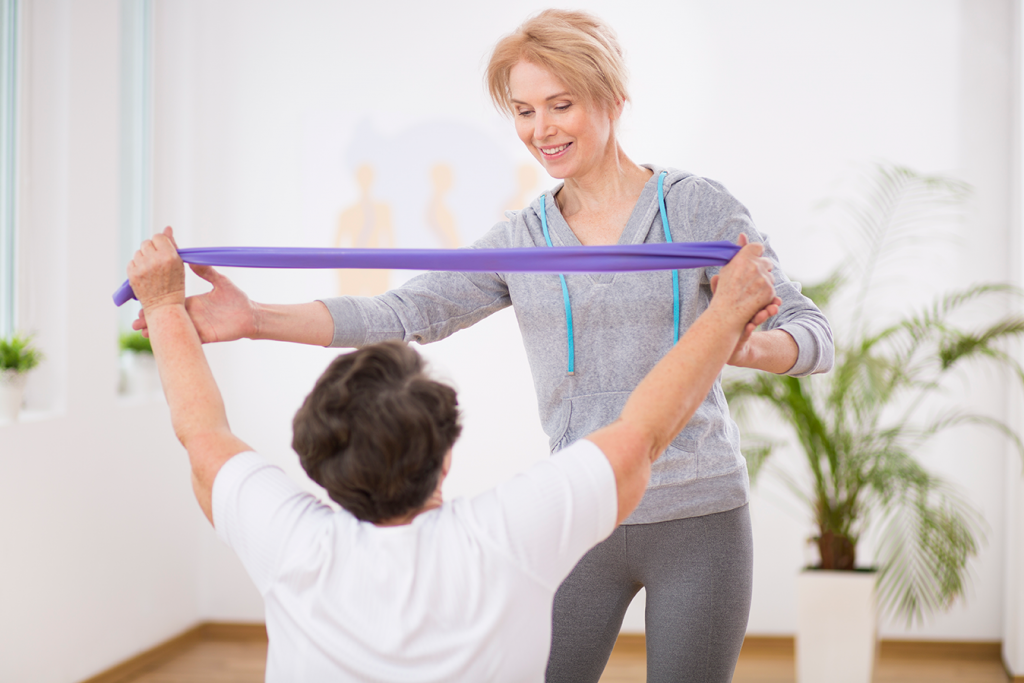
Resistance training strengthens the connective tissue (ligaments, tendons), protects the joints and creates symmetry between the inner and outer processes of the body. If you want to become lean – create a resistance training program (again professional help is recommended) that supports what you want to do in life. For me – weight training is primarily designed to keep me running for years to come. I focus all my energy twice a week building all my major muscle groups and monitor my results in writing (I do this for my running sessions as well). After the age of forty I recommend an increased volume of resistance training because loss of lean muscle mass accelerates as a result of the aging process.
Flexibility protects the joints from damage by balancing the loads place upon them and is a key to aging well. Older people tend to get stiff and bent as they age and weakness in the legs is a constant reminder that falling is a major cause of death among the elderly. Breaking a hip in a fall can be something the older individual does not recover from and could have been avoided with a proper stretching and balance program.
With my older clients I always dedicated at least 20-30 percent of their sessions to balance and flexibility work to insure that they were comfortable just moving. I monitored their gait, posture, balance and other variables for possible negative outcomes. Changing behaviors and attitudes as we age is challenging. I find this true in my own case as I face my own challenges going forward but as one of my favorite teachers said years ago: “Change is the only constant in the natural order” and its corollary: “The mind of man is unlimited in its potential and responds to the specific demands made upon it”. I try to remember that there is always a way to change – we just have to be flexible in our thinking and our behavior to make the necessary changes that could ultimately save our lives.
I always try to remember that the gift I have been given to train for all these decades can be taken away in an instant so I always approach my own training each day with an attitude of deep gratitude and never forget to say thank each day for these gifts. I am grateful every day and never try to forget that an open mind and open heart will get me through almost anything in life. Everything that happens to me is an opportunity for me to learn something new about myself. I will always be a student – I will never know everything and this thought frees me to explore my potential every time I set my sights on new goals and dreams – like this one writing for you.
Remember Rome wasn’t built in a day and neither will your body. Changing variables one at a time will allow you the chance to see how your body – and mind – responds to the stimuli you are providing it by your training activities. The FITT formula is something to keep in mind. The letters stand for frequency – how often you do something, intensity – how hard you do something, time – the amount of time you schedule for training activity, and type – the mode or vehicle you select to train. I believe change comes most effectively in “baby steps”. Never ask your body to do more than it can for it will grow as fast as it can, plateau, and then grow some more.
Rest and recovery are crucial to this process – allow time for your body to heal and rest. Overtraining is just as bad – or worse – than undertraining. Go slowly toward goals as your patience will be rewarded with renewed energy, stamina, and happiness in the results you are seeing from your efforts. Reward yourself as you reach new levels and never forget to be grateful for everything and anything that you accomplish. This “consciousness” will serve you well over the years to come!
I won’t speak here on this subject in detail since it is way too complicated for our purposes at this time. Suffice it to say “you are what you eat, you are what you think, you are what you believe, you are what you do and you are your expectations.” What you think about, comes about (Walt Disney – one of my favorite creative geniuses), what you see is what you get and so much more. Eating well yields a truly flexible, strong and happy body. I will say this: Eat a salad, drink water and take a walk”. Eat more fruits and vegetables, whole grains, nuts and seeds and beans and healthy protein – and drink lots of water. More on this later. Please remember that everything you eat creates – or destroys – your future health.
Be aware of your life as it is today. DO see your doctor for an evaluation for your readiness to train and engage in prolonged physical activity. Ask yourself the tough questions that only you can answer. Be considerate and forgiving of yourself so that you can move forward without guilt or recrimination. Become flexible in mind and body. Start now – don’t wait – because tomorrow is never guaranteed and life is very fragile. Take each step and listen attentively – both inside and outside – to those who want to assist you along the way. Take everything with a “grain of salt” because there are no absolutes when it comes to your own needs, wants, and dreams. Change is constantly influencing the events and circumstances of our lives so no one truly “knows” what is best for you – only you can determine this. Be smart and critical in your thinking and question what you don’t understand. I learn something new every day and I am certainly not ashamed to share with you that I consider myself a “student of running” even though I have been running for 52 years! Travel well!
Nicholas Prukop is an ACE Certified Personal Trainer & a Health Coach, a fitness professional with over 25 years of experience whose passion for health and fitness comes from his boyhood in Hawaii where he grew up a swimmer on Maui. He found his calling in writing his first book “Healthy Aging & You: Your Journey to Becoming Happy, Healthy & Fit” and since then he has dedicated himself to empowering, inspiring and enabling people of all ages to reach for the best that is within them and become who they are meant to be – happy, healthy and fit – and be a part of a world where each person can contribute their own unique gifts to life.

The holidays were here and there was plenty of running around and parties to attend. As we said goodbye to this year, we are ready to take on the new year. Many individuals have decided to make fitness a resolution and made the commitment with themselves to get into better shape.
Many individuals do not plan for this transition and end up stopping within three months. There are some things you can do to be successful if fitness is on your list of resolutions.
The first thing you want to do is to choose a fitness facility where you feel comfortable. By comfortable I mean, do you like the atmosphere? Is the gym to big or small for you? When you look into fitness facilities, make sure they’re not too far from your home. If the gym is too far, you’re less likely to go consistently. Try to plan for when the best time would be to go. Decide if morning, afternoon or evening works better for you and your schedule.
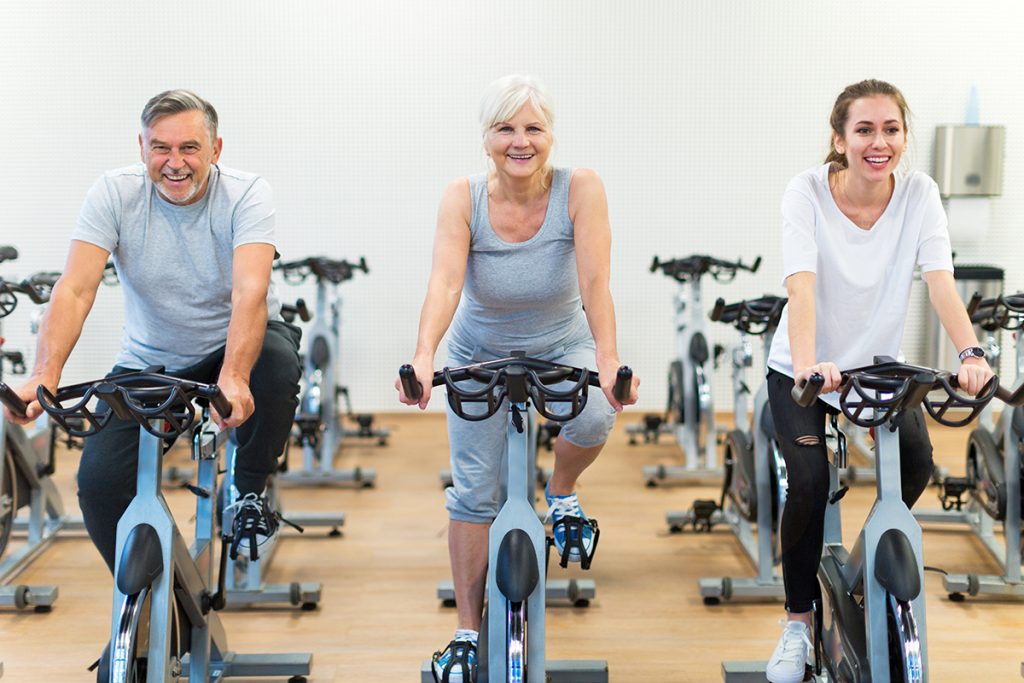
When you find your gym and figure out a time, make an appointment for an assessment and consultation. There are some people who decide to do this after a couple months of joining. Try to see a fitness professional within the first two weeks. We are able to help you figure out a plan for your workout and keep you on track. Some fitness centers call new members after the first week to see how everything is going.
It’s also important to not have an “all or nothing” mentality. If you decide to go to the gym three days a week, but sometimes fall short, it’s OK! Just get back to your schedule the following week. It will take about three months to adapt to your new transition.
Another tip is to have fun! Look at class schedules and try new classes. If you are new to classes, don’t worry about keeping up with everyone else. I always suggest that clients show up to class ten minutes early. This enables you to speak with the instructor about any injuries or concerns you may have. You can also leave class early if you need to. Some new students may only be able to do a warm up and have to leave. Remember that everyone in the class was in the same boat as you at some point.
It may seem tough to add fitness to your life at first, but it will get easier. You will start to feel better overall. Many people are able to sleep much better, bring down their blood pressure and cholesterol, reduce stress, and prevent osteoporosis. The benefits are really endless! The best thing is that you are setting the stage for a healthy lifestyle as you get older. You will be able to do more and live independently longer.
Good luck to everyone this year who has fitness as one of their resolutions. You will be able succeed if you keep positive and plan for success. Have a happy and healthy new year!
Robyn Kade is the Founder of The Stress Management Institute for Health and Fitness Professionals. She has 20 years of experience in medical-based fitness.
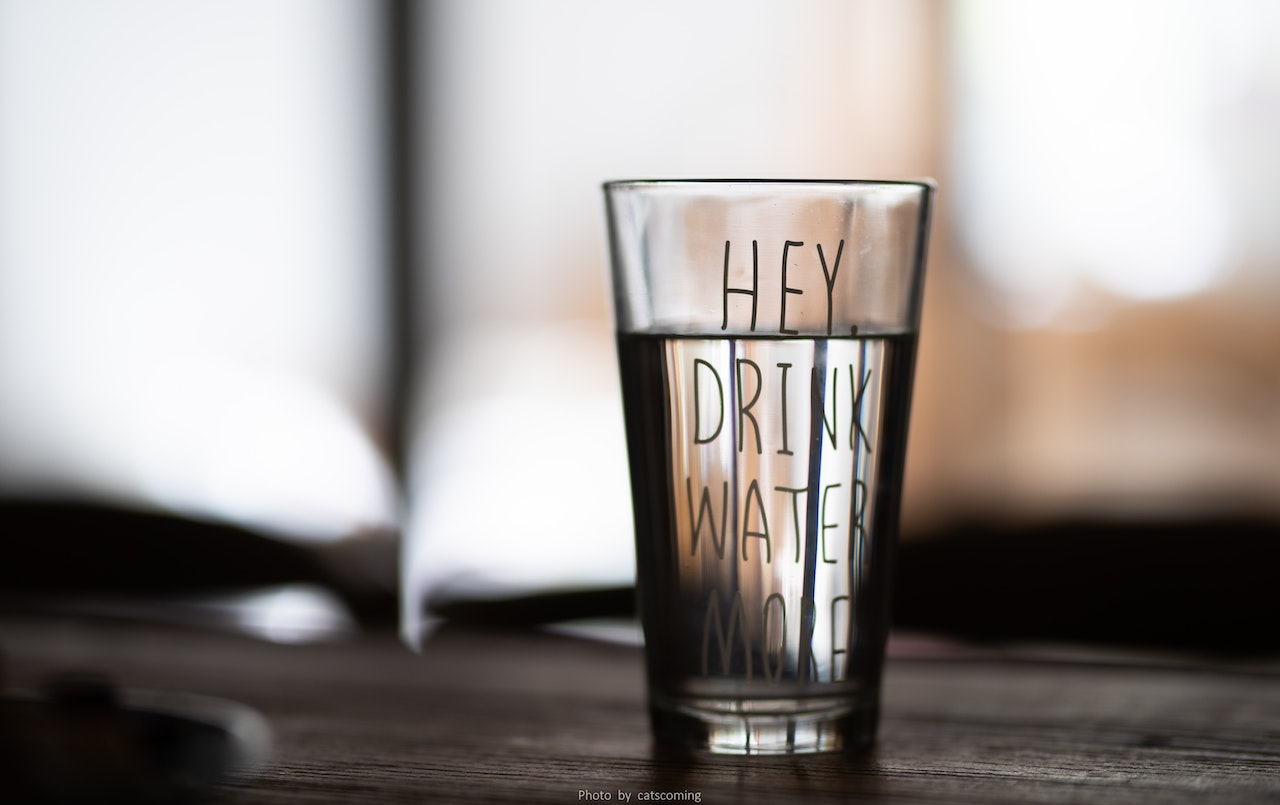
Yeah, yeah. You’ve been told many times that you should be drinking more water. Growing up, your mom would insist that you eat your vegetables and drink water. In school you learned about the food pyramid and how many glasses of water you should drink every day. Your doctor has instructed you to drink water on a regular basis.
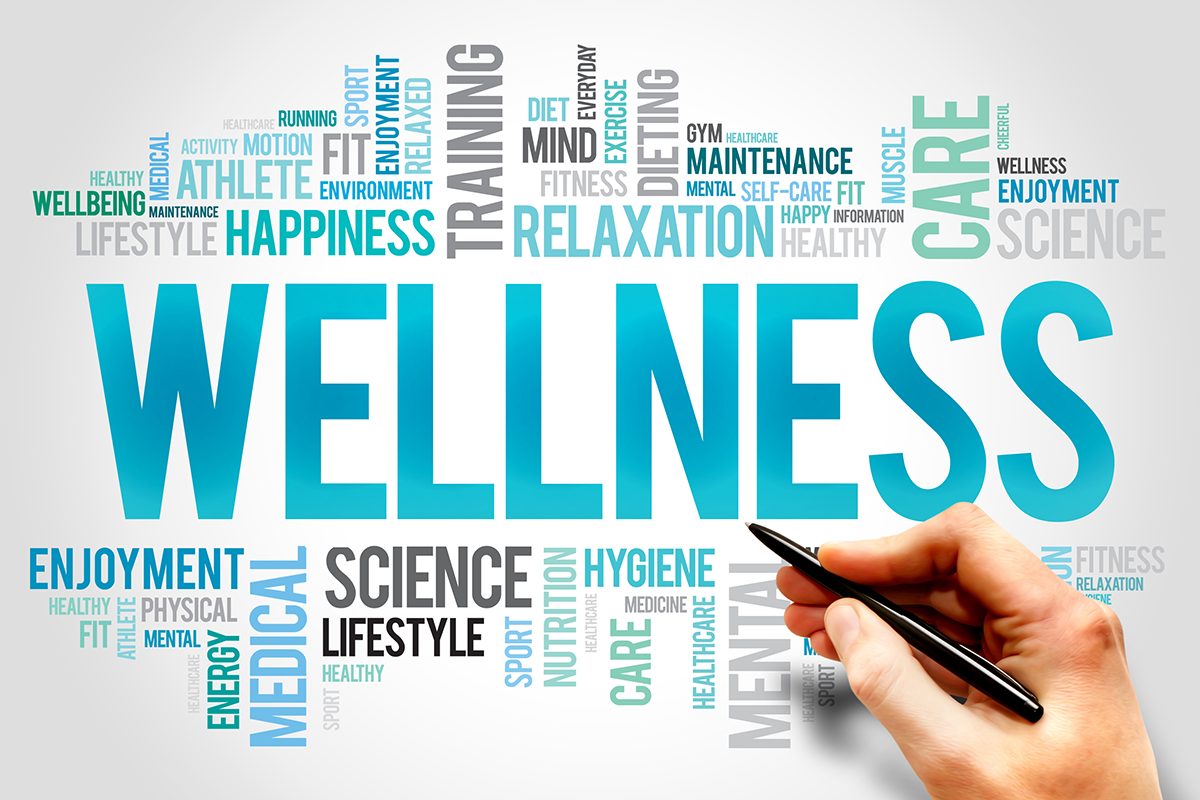
What is wholistic wellness? While both words hold different meanings for different people, wholistic wellness is generally perceived as the state of being well as a whole, in every aspect of life. The word wholistic is generally defined as the belief that everything is interconnected and contributes to the whole. In terms of medicine, it is defined as treating every aspect of an illness, not just the main issue caused by said illness. That being the case, one would have to address and analyze every aspect of life to truly achieve good health.
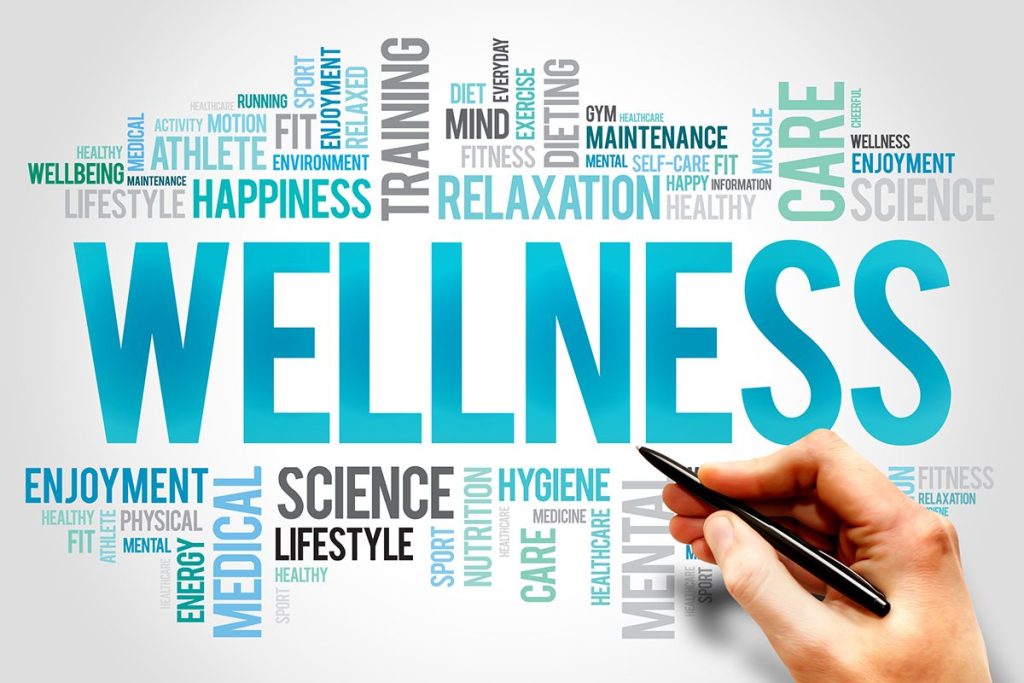
There are several factors encompassing all human beings on a daily basis, whether we are aware of it or not, that I have found in my experience as a wellness coach to affect us, either positively or negatively.
We as humans are regularly exposed to several physical, nutritional, social, mental, emotional, and spiritual stimuli. If not within one’s scope of awareness, any one of these aspects could lead to less than desirable outcomes. For example, a client who had an argument with their domestic partner showed up to a session unhappy because, as a result of the argument, she gave into her craving and binged on junk food the night prior, thus wrecking her weight goal for the week.
Therefore, in order to become wholistically fit, each one of these life aspects must be analyzed and carefully monitored in order to promote a completely healthy lifestyle.
Taking inventory of each of those aspects of life can be a daunting and difficult task, as one’s wellness in each would differ for each individual based on their likes, dislikes, quirks, daily routine, etc.
For instance, an individual with a sedentary job will most likely need to exercise more to get their desired results than an individual with an active job. Also, one’s physical wellness doesn’t necessarily mean being in the peak of physical condition and performance. For example, an athlete comprised of 18% body fat with an abundance of lean muscle may be more concerned with physical fitness, performance, and endurance than someone who isn’t an athlete but wishes to lose 25 lbs of excess body fat.
As far as nutrition goes, it is much easier and often quicker to grab some food at the nearest drive thru, especially for the working single mom of three. Taking time to make something healthy means more time in the kitchen and being late getting the kids to daycare.
Socialization may mean everything for the high school teenager who doesn’t make friends easily, but may be taken for granted by the classmates who have never experienced that. Mental and emotional health can be affected by all of the previous three aspects listed.
And as far as spirituality goes, that will be different for everyone. For some, it holds no significance, but for others, it is the most important thing to them. Some may not believe in a God, but believe that a higher power exists. They may not pray, but may still hold some stock in whatever higher power they believe. Others may not believe in a God or a higher power at all, but may have the mentality of wanting or trying to be their own God in some way. Those are just some examples of differences within individuals.
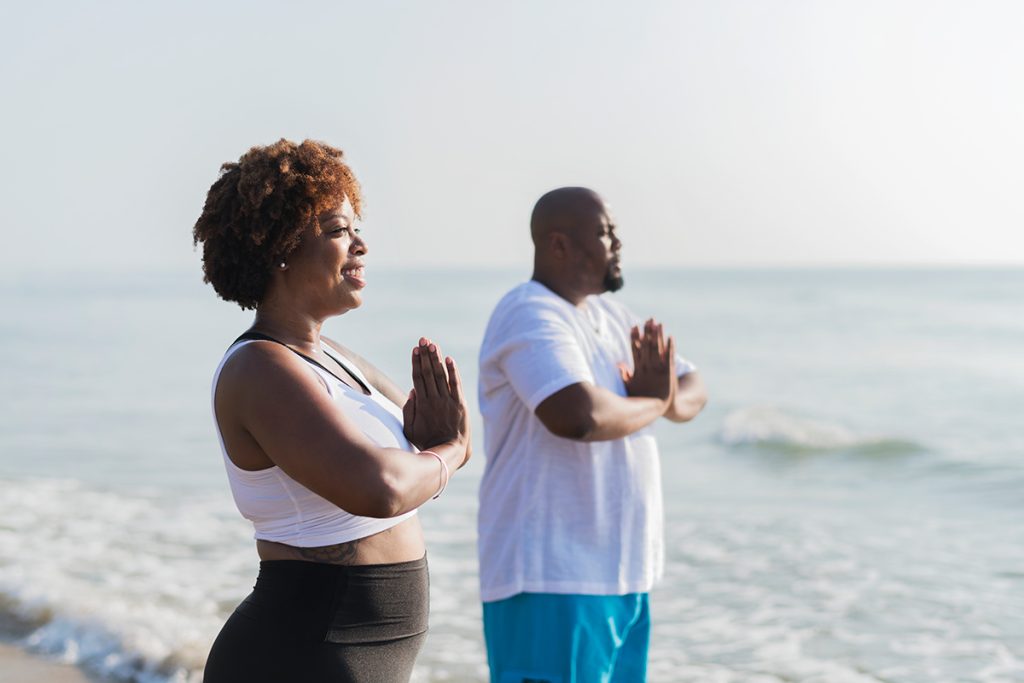
It has been my belief that there is not enough emphasis on wholistic health and wellness. What happens when one of these aspects creates a stressor that negatively affects them? If that stressor isn’t addressed and remedied, it may affect other aspects of their life. How can a person be 100% healthy if they do not focus on 100% of themselves? Not to say that one should put themselves before others, but if one isn’t emotionally healthy, they cannot be mentally healthy without first addressing their emotional health. Diet and exercise alone will not suffice.
Without reviewing ourselves as a whole, how can we operate in optimal condition? In conclusion, in order for we as human beings to be at our most prime selves, it is imperative that we make wholistic health and wellness a priority.
Tambryn Crimson-Dahn is a certified personal trainer, nutritionist, and fitness and wellness coach with 4 years of experience. After having worked in the gym industry, she now owns and operates her own company, Crimson Wholistic Fitness. She specializes in depression, anxiety, and overall mental health and wellness.
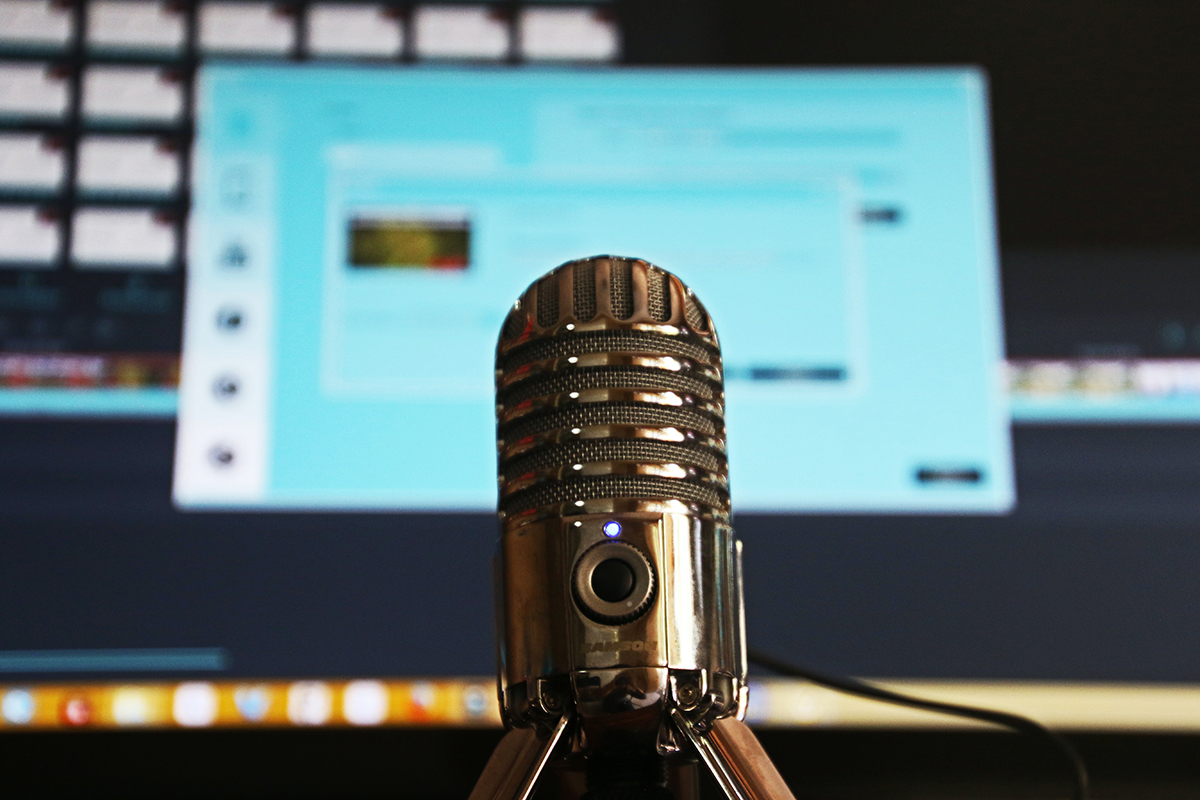
Thanks to the Internet, we have abundant access to high quality, science-based nutrition podcasts. We also have access to a lot of questionable nutrition information. To help guide your nutrition education options, I have identified a few credible podcasts that focus on general nutrition, sports nutrition, dysfunctional eating, injury recovery, and other topics of interest to athletes who strive to improve their performance. In these podcasts, you’ll find trustworthy information about what, when, and how to fuel your body for optimal sports performance, good health, and high energy.
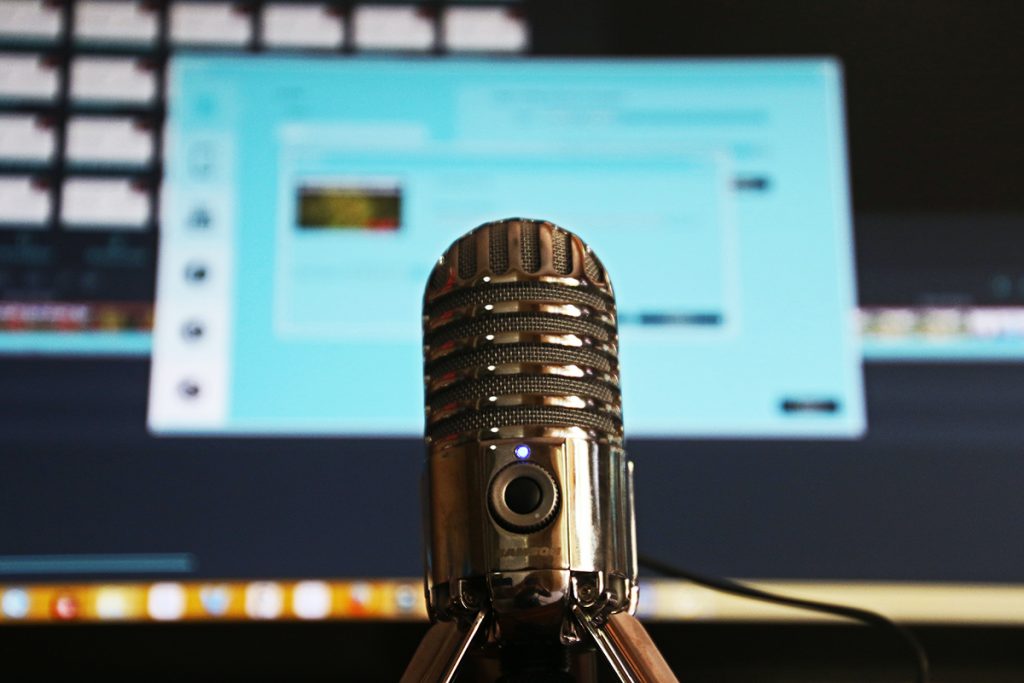
While you are spinning, running, walking the dog, or washing dishes, I hope you enjoy listening to these podcasts (some of my personal favorites). They offer an amazing opportunity to learn (for free!!!) from some top-notch researchers and clinicians.
SoundbitesRD.com/podcast, hosted by Melissa Joy Dobbins RD.
Posted twice a month; about an hour long. Melissa is among the first dietitians to jump into podcasting. She now has recorded more than 226 episodes and has thousands of listeners. Her information is popular with dietitians and the general public alike. You’ll learn about all things related to your daily diet, with a focus on current food topics and controversies. Melissa does an excellent job of delving into the science, psychology and strategies behind good food and nutrition. A few examples of topics covered include:
• Body Image and Your Relationship with Food
• The Science of Sweetness
• Difference Between Animal Welfare & Animal Rights
Spot On! Podcast, hosted by Joan Salge Blake RD.
Posted twice a month; about 30-45 minutes long. Joan teaches nutrition at Boston University. Hence, her podcast is geared towards college students, but is of interest to everyone. Joan’s lively, engaging style will hold your attention. She interviews top experts who offer accurate and practical health and wellness information on a variety of current topics and trends, including:
• What Really Is a Sustainable Diet?
• The Latest on Food Allergies
• Do You Need to Beef Up on Protein to Bulk Up?
The Long Munch – Nutrition for Runners, Cyclists & Triathletes, hosted by two Australian sport dietitians: Stephanie Gaskell has a special interest in gastro-intestinal nutrition and Alan McCubbin researches hydration and sodium for endurance sports at Monash University. Posted weekly, about an hour long
To familiarize yourself with the rich variety of topics addressed on The Long Munch, I suggest you listen to the Birthday Year in Review. You’ll hear a 3-5 minute summary of each weekly podcast. You then can go back for more in-depth information by listening to the episodes that interest you. Sample topics include:
• Should I get regular blood tests? If so, what should I test for?
• How much sodium should I replace during exercise?
• Are sports drinks and gels bad for my teeth?
Performance Nutrition Podcast, hosted by Dr, Marc Bubbs ND, CSCS.
Posted monthly; about 60 minutes long. Marc is Director of Performance Nutrition for Canada Basketball. In his podcast, he connects you with leading experts from around the globe and discusses nutrition topics related to performance. A sampling of topics:
• Nutrition & Training for Stronger Tendons & Ligaments
• Impact of Dehydration on Teams & Endurance Athletes
• The Misunderstood Science of Metabolism
Nail Your Nutrition Podcast, hosted by sports dietitians Marita Radloff RD & Sarah Schlichter.
Posted weekly; about 60 minutes long. Given the podcasters are athletes and moms, as well as registered sports dietitians, they handily address a variety of topics from many perspectives, such as:
• Nutrients of Concern for Plant-based Athletes
• What my Eating Disorder Took from Me
• Taper nutrition for the marathon
Voice in Sport hosted by Stefanie Strack, former athlete and advocate for advancing women in sports.
Posted weekly, about 45 minutes long. Stef interviews women who have excelled in sports, asking about their journeys. Her guests share untold stories on topics rarely discussed, such as their struggles with body image, dysfunctional eating, mental health, and nutrition. Young athletes will find hope and inspiration from this podcast by listening to how these women survived their tough journeys. Listeners will learn they are not the only ones having a hard time transitioning from high school sports to collegiate teams to pro sports. Sample episodes include:
• Andi Sullivan, soccer pro, talks about how she built confidence and improved her mental approach to sports.
• Elyse Kopecky, author of Run Fast, Cook Fast, Eat Slow, shares her experiences as a runner facing many injuries.
• Allie Ostrander, 3-times NCAA champion runner, shares her journey with disordered eating.
The Catalyst Health, Wellness and Performance Coaching Podcast, hosted by Brad Cooper.
About an hour long. Heath coach Brad Cooper interviews best-selling authors, world-renowned researchers, elite athletes, and respected coaches in an engaging format. The overall focus is on wellness; the varied topics will expand your self-care plans. A few episodes I really enjoyed:
• Conflict: Why We’re Trapped and How to Escape
• Redefining Rich: Keys to True Wealth
• Our Hungry Brain: Why We Choose Junk and How to Change
The Injured Athletes Club hosted by mental skills coach Carrie Jackson and health/fitness journalist and runner Cindy Kuma.
Posted weekly; about an hour long. Part of being an athlete includes being injured (boohoo). That’s why these two athletes joined forces to create a community that offers support and hope to help make the recovery journey easier. They interview athletes who have recovered from injury (and also injury after injury after injury…) Topics include:
• Surviving setbacks
• Recovery from RED-S
• Expanding your identity
I hope you find this list of easy-listening podcasts to be educational, helpful for enhancing your athletic performance and well-being, and hope-filled for facing the challenges presented to athletes of all ages and abilities. Listen-up!
Nancy Clark MS RD CSSD counsels both fitness exercisers and competitive athletes in the Boston-area (Newton; 617-795-1875). Her best-selling Sports Nutrition Guidebook is a popular resource, as is her online workshop. Visit NancyClarkRD.com for more information.
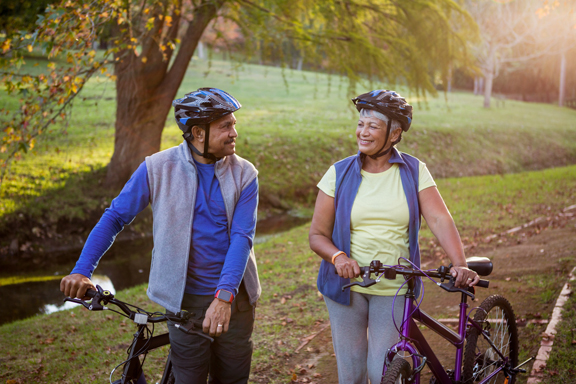
Fear can do many things to us and they are almost never positive in their outcome. Being dominated by our fears is no way to live – especially when it comes to our efforts to become healthy and fit. I have sabotaged many goals and choices over the years because of my fears. Most of the time I have never been clear on just what “it” was I was afraid of but somehow fear took hold of me and I did not step boldly into a successful outcome.

I believe we are inherently capable of being great and doing great things but we can – and do – sabotage our greater “yet to be” by letting our fears control our behavior – and our choices. This is no way to live! In this article I would like to highlight of the 4 keys to overcoming our fears and become bold and tied to our successes – not our failures!
VISUALIZATION
I find that when we have a clear picture in mind when setting our goals we can more easily identify with a successful outcome because we can “out-picture” not only a positive process – but a successful conclusion as well. Fear is often described as “false evidence appearing real” and it is this “reality” that our minds and hearts can be “tricked” into giving up before we can experience a result that we desire. I have felt the power of visualization when it came to many aspects of my life – especially when it concerned my running – and weightlifting – program.
Prior to beginning my training sessions I spend time in my mind “picturing” myself doing what it is I want to accomplish during that session. If I want to run a specific time I put myself in this “mental place” by running at a particular pace at a specific speed. I attach my feelings of joy to this picture and visualize me smiling and happy enjoying the process of running free and without fear. It is in my mind that I create success and I do this before I take any action in the “real world”. How long you choose to visualize your own session is up to you.
It is a discipline well worth creating and employing every time you start to address your health and fitness needs. The feeling in conjunction with the “picture” is crucial for a successful outcome. Remember to give yourself a break and start slowly. I tend to spend 10-15 minutes in support of my visual “cues” so that the session goes as smoothly as I envisioned it. Walt Disney is one of my idols when it comes to visualization (and imagination of course) because he did not see orange groves in Anaheim – he saw Disneyland! Look how that turned out!
IMAGINATION
It is said that the true measure of intelligence is not intellect but imagination. Steve Jobs imagined a world connected by phone and in his mind he set in motion the development of the “smart phone” and he changed the world as we know it. He passed away from cancer but before he died he had the opportunity to see his vision come to life. Walt Disney died in 1966 before many of his most creative ideas were born but he did live long enough to know that his vision of a family oriented adventure and experience would eventually be fully realized. The company that bears his name is still creating in the manner he began some 80 years ago!
I believe in the power of the imagination to aid us in all manner of accomplishment in life. I imagine myself speaking and teaching all over the world as an advocate of the principles of healthy aging and living a life of purpose – on purpose – every day. I know at 70 my time is not unlimited but I do have faith in the principle “that the mind of man is unlimited in its potential – and DOES respond to specific demands made upon it”. This principle works every time we use IF we also BELIEVE not only in ourselves – but our potential to accomplish great things as well.
What is it that you want to accomplish and can this be the key to your success in developing and maintaining an active and complete fitness program? I believe the main reason we need to engage in an active and ongoing fitness program is because we are each here to accomplish something unique that only we can accomplish. I see me speaking and excited about my message because I am filled with the energy of excellent health and also because I am strong mentally and physically as a result of my successful training program. You too can do this! Just believe and do it!
AFFIRMATION
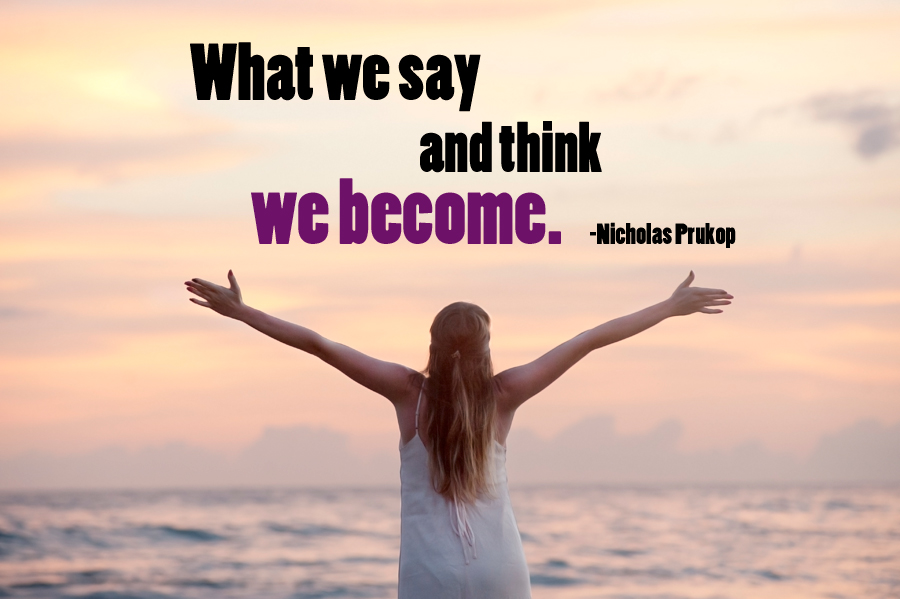
What we say – and think – we become. Never allow yourself to use “defeatist” language that signifies you are NOT capable of achieving whatever it is you have set out to do. Words have power – choose yours wisely. NEVER say what you DON’T want in your life – always affirm what you DO want in your life! If you want to increase your strength affirm: “I am strong and powerful – and grateful for every muscle in my body”. Here is another affirmation:”I am dynamic, energized, open and receptive right here and now and act in support of this instruction”.
Always place your affirmation in the present tense and never allow for anything but a positive outcome. Give yourself credit for being who you ARE and always look forward to becoming your BEST version of yourself. I say everyday: “I powerful, successful and excited to be who I am today and I KNOW I am becoming more of what I want to be with each thought I think and every action I take.
Affirmations give us the opportunity to “re-program” our subconscious minds by replacing outworn beliefs about ourselves with new and powerful thoughts and ideas that help us create the new person we want to become – mentally, physically, and spiritually. NEVER allow your words to create what you DON”T want in your life – always use them to help you become who you want to BE!
ACTIONS – BEHAVIOR
“Actions speak louder than words”. If you want someone to know you value them – even love them – it through your actions and NOT your words that the truth will eventually come out. When it comes to fitness and developing your program – actions are everything! You can’t burn calories or create muscle without taking action – you MUST move first! Everyday I KNOW I will be training because my mind and body EXPECT to do this for my health and well being. I am always aware of the idea that tomorrow is NEVER guaranteed and that TODAY is all I have so I never want to waste even one day of training.
Being FIT is a habit with me that I cultivated over decades of my life. I act in support of my fitness goals every day because I never wanted to grow old – just older. It is not the number of years we are alive that matters – it is the life in our years that counts the most. I work on speed, power, strength, balance, endurance, flexibility and strength because I want my body to be able to hold up for whatever years I have left in my life. I also want to be able to accomplish my mission by contributing my message and voice to life before it ends. I need a fit body to serve as an example of what is possible through hard work and dedication to my purpose.
Take time to reflect on your journey to date and ask yourself one simple question: “Have I come close to reaching my potential or am I letting fear sabotage my ability to create a life of meaning and purpose?” Take time to answer this question and address the needs you need to fulfill physically, mentally and spiritually in order to set in motion your journey to success – and fulfillment. Life is always lived from the “inner to the outer” – not the other way around. We can never access our “greater good” by FOLLOWING others. We CAN serve as examples of what is possible but each of us must find our own path to pursue and this path is not mine – it is YOURS.
Love your uniqueness and praise your gifts and never allow yourself to stay in negative thinking. “Get over yourself” and remember we are here to accomplish something great for others. We are here to SERVE and we cannot do our part if we are weak and scared. I can say I am 70 but I am 30 in my mind – and in body and spirit as well – because I have trained without failure. I started running in 1964 at Syracuse University as a freshman and am in my 53rd year – and counting, Over that time I have accumulated over 60,000 miles and am going to run as long as I can maintain my current level of fitness. When it comes to being fit I will ALWAYS want to serve as an example of what is possible because it is all that matters to me! It should also matter to you too!
Originally printed on HealthyNewAge.com. Reprinted with permission from Nicholas Prukop.
Nicholas Prukop is an ACE Certified Personal Trainer & a Health Coach, a fitness professional with over 25 years of experience whose passion for health and fitness comes from his boyhood in Hawaii where he grew up a swimmer on Maui. He found his calling in writing his first book “Healthy Aging & You: Your Journey to Becoming Happy, Healthy & Fit” and since then he has dedicated himself to empowering, inspiring and enabling people of all ages to reach for the best that is within them and become who they are meant to be – happy, healthy and fit – and be a part of a world where each person can contribute their own unique gifts to life.
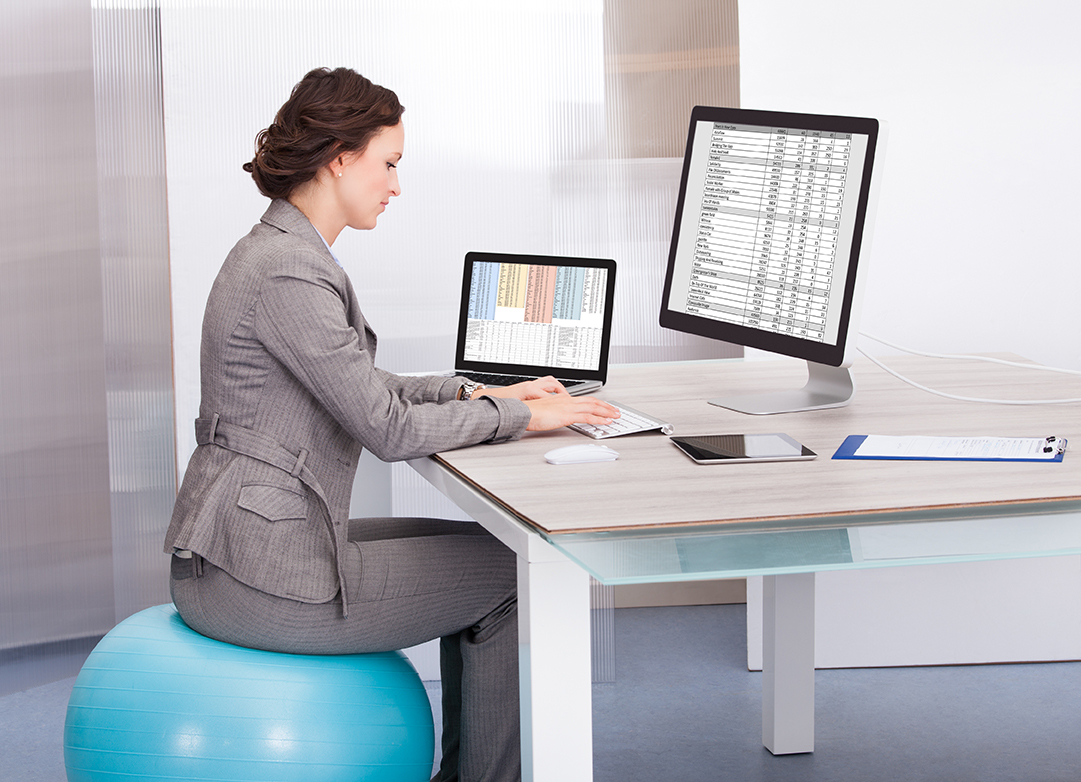
When babies learn to sit, they elongate their spine, which is naturally efficient and comfortable. Moreover, it provides the most skeletal support without requiring a lot of muscle strength. Despite this, around 4-years old, most of us began to slump. Why? Well, significantly, it’s probably because we started school and began spending more time sitting.
Poor posture often results from weak core muscles, and weak core muscles contribute to slouching. Also, most neck pain not caused by trauma is usually the result of poor posture and weak muscles supporting our head. For example, sitting at our computers, or hunching over our phone for several hours can strain our neck, and shoulders.
More importantly, strong core muscles lessen wear and tear on the spine. And that prevents falls and injuries. Strengthening your abdominal muscles improves your posture and enhances balance and stability.
You might not notice these actions: putting on shoes, picking up a package, or turning to look behind you, until they become difficult or painful. Core-centric activities include acts that spring from, or pass through, the core: lifting, twisting, carrying, hammering, reaching overhead — even vacuuming, mopping, and dusting.
Good posture doesn’t mean standing like a stiff piece of board. Many people overcompensate for bad posture by standing up too straight. When our posture is correct, our ears, shoulders, hips, knees, and ankles align naturally. Good posture looks natural and relaxed.
Maintaining good posture is not easy. And despite the importance of good posture, most of us don’t do anything to improve it. As a result, we go about our lives uncomfortably hunching our backs and slouching. Practicing good posture strengthens our abdominal muscles and builds low back stability. If these muscles are weak, we’re more apt to slouch. For example, we may start the day sitting upright, but soon we’re lost in our work and slouching once again.
Good posture has many benefits. It aligns your body, and makes you look taller (you can lose 2 inches by slouching). Good posture even speeds up your metabolism (burn up to 350 calories a day). At the same time, having good posture reduces pain by using your muscles to support your skeleton) and improves your mood. (Don’tSlouch)
Proper posture includes alignment, balance, and alignment. You’ll see immediate improvements in your posture by practicing the following two exercises. All you need is a wall. These two, quick and easy exercises realign and strengthen your muscles and ease pain and achiness that results from poor posture.
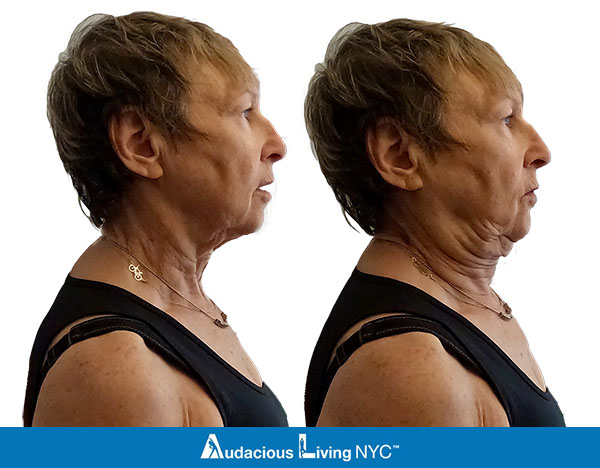
Exercise 1: The Chin Tuck is an exercise to strengthen your neck muscles. Start standing with your back to a wall. Extend your neck, keeping your gaze forward, and lean back so the back of your head touches the wall. You can also place a pillow behind your head if you can’t move all the way back. Keep your gaze forward, so that your chin is parallel with the floor. Retract your chin towards the wall until you you’re your neck muscles contract, then release the contraction. Repeat this movement 10 times.

Exercise 2: Wall Angels stretch your chest muscles, improve shoulder range of motion, and strengthen your upper back. Start standing with your back and head against a wall and your feet about 6 inches from the wall. With your arms at your side, face your palms forward. Slide your arms out to the side along the wall, bending your elbows at a 90-degree angle. Continue sliding your arms up along the wall to about 45 degrees above your shoulder. Stop when you feel your shoulders elevate or if you feel pain. Return your arms back down to the starting position. Repeat 10 times.
Jacqueline Gikow, is the owner of Audacious Living NYC™. Her holistic, health and wellness practice centers on pain relief through better movement. She is certified through the National Association of Sports Medicine (NASM), the National Board of Medical Examiners (NBCHWC), the Functional Aging Institute (FAI), Medfit (MFN), and the Arthritis Foundation (AFAP/AFEP). Her fitness practice includes in-home and remote, one-on-one fitness training and coaching in New York City. Jacqueline Gikow can be reached at: https://audaciouslivingnyc.com, or on Facebook: https://www.facebook.com/groups/audaciouslivingnyc
References
https://www.madisondias.com/posture/dont-slouch-the-power-of-good-posture/
http://lifehacker.com/fix-your-posture-with-these-three-simple-exercises-1754621367